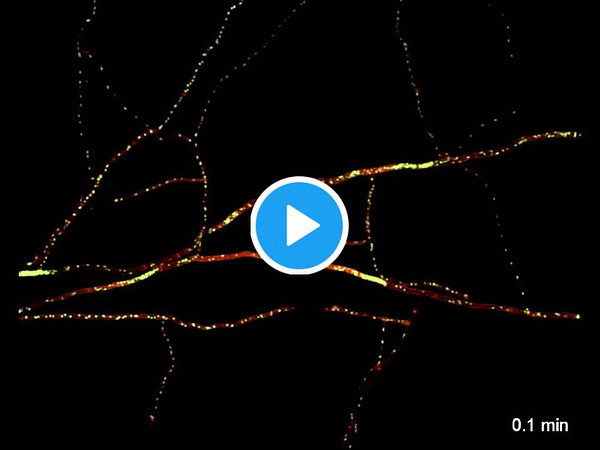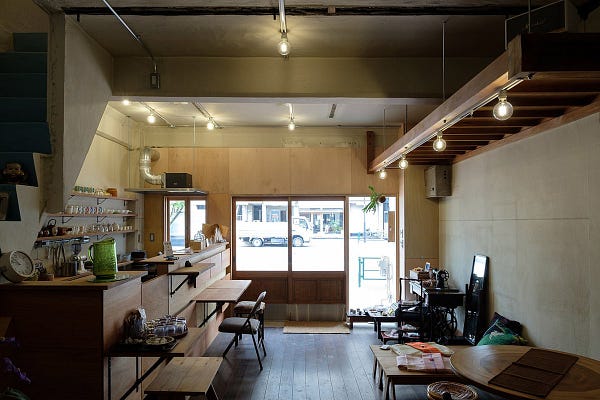the future of governance | thinkthinkthink #22
on-chain community organization and the remote-first agora
This issue on govtech is 800 words long and it takes ~3 minutes to read. I hope you enjoy it.
Entrenched bureaucracies and institutions are designed to resist shock and change. Resistance to change is in fact a feature of bureaucracies. In terms of individual incentives modern life has become a constant sacrifice of privacy and individuality for convenience. Social media, streaming platforms, communication apps, fast-food chains, or mobile device manufacturers are only some of the industries that have commodified time. Balaji Srinivasan recently referred to how the traditional media mantra “if it bleeds, it leads” has shifted to “if it enrages, it engages.” Unfortunately governance has also fallen prey to enragement for engagement. The discussion has slipped from the practical to the deeply ideological. The depth of argument in the public discourse is critically shallow.
TikTok, Clubhouse and the changing use-pattern of Twitter illustrate a technological future where the border between consumers and creators is blurred further than ever before. Podcasting is great, but the success of clubhouse demonstrates that people don’t want to be “simple” listeners. Blogging allowed individuals to one-click publish their mind to the web, but substack is automating ownership of a piece of their audience’s inbox. Instagram enabled and popularized photo-sharing, however - unlike instagram - the five most popular creators on tik-tok are social media personalities whose names you will most probably not know if above a certain (very young) age:
Transposing this way of thinking to democracy and governance shows how the future of governance and decision making will be less about multi-year elected representation and more about active individual participation coupled with temporary short-term delegation; merging the potential of future technology with a cause-based sensible engagement of citizens can produce a new way of governing - a remote-first Agora.
The most important technological platform of the last decade is blockchain technology. Cryptography has enabled private communication for decades, but innovation by an individual/team working under the alias of Satoshi Nakamoto introduced the first practical application of anonymous but trusted distributed ledger to the world in 2009. The past twelve years have seen a gradual boom and bust cycle of innovation in cryptospace: beyond financial speculation and crypto trading however there are a number of relevant uses of blockchain tech that could revolutionize the way we govern communities, organizations, cities, governments and potentially, the economy of the future.
A distributed ledger is a trustless, permissionless, distributed database+computer that allows individuals to transact, collaborate or govern through a common infrastructure owned primarily by its users.
Distributed means that the system doesn’t have a single point of failure. Furthermore it’s success is directly related to the network effects of the platform itself. The more people use the system, the more resilient it becomes.
The Ledger is a complete list of all transactions since the beginning of the specific blockchain’s history to the present. The ledger is immutable, it cannot be changed unless more than 50% of it’s distributed owners agree.
Trustless means that the ledger is governed by code. As long as the open sourced code is audited and time-tested there is no need to trust a third party.
Permissionless means the blockchain is public, any individual can participate to it anonymously and no individual or group of individuals can typically censor system usage.
This is not the place to unpack how this works technically, but suffice to say that individuals could organize in setting up governance platforms that are fully horizontal and provably secure from malicious intervention by third parties. The platform itself would be distributed and owned by the community. The history of decisions, policies, votes, and results would be embedded on-chain forever and could be consulted by all citizens without fear of manipulation. People could trust that it would be reasonably impossible to “hack” elections without needing to trust a third party.
This form of government could be recursive not just in scale but also in typology. One could imagine different community organizations governing different aspects of the everyday. The way local government, NGOs, unions and businesses work could be revolutionized. An individual could belong to hundreds of community organizations that could interlock, connect and be dependent on one-another without the fuss and bureaucracy of the current system. Different policies could be implemented differently and at different scales increasing individual autonomy while at the same time improving community and collaboration.
Did you like this issue of thinkthinkthink? Consider sharing it with your network:
📚 One Book
This Is How They Tell Me the World Ends: The Cyberweapons Arms Race
by Nicole Perlroth
A compelling history of the state of electronic security in the past decade. Perlroth explores the work of the l33test hacking teams around the world, the consequences (both negative and positive) of universal encryption, and the emergence of developing-world master-hackers making millions of dollars by selling zero-days. Ultimately made me reformat, reset and update all my electronic devices.
📝 Three Links
The DAO of DAOs by Packy McCormick
Masterfully exploring Decentralized Autonomous Organizations
Tech stack for decentralized cities by Jonathan Hillis
The main course of tech eating the world: cities.
The world at night by Triennale Milano
Where I talk about exponential growth and antifragile cities.
🐤 Five Tweets











This was the twenty-second issue of thinkthinkthink - a periodic newsletter by Joni Baboci on cities, science and complexity. If you liked it why not subscribe?
Thanks for reading; don't hesitate to reach out at dbaboci@gmail.com or @dbaboci. Have a question or want to add something to the discussion?




